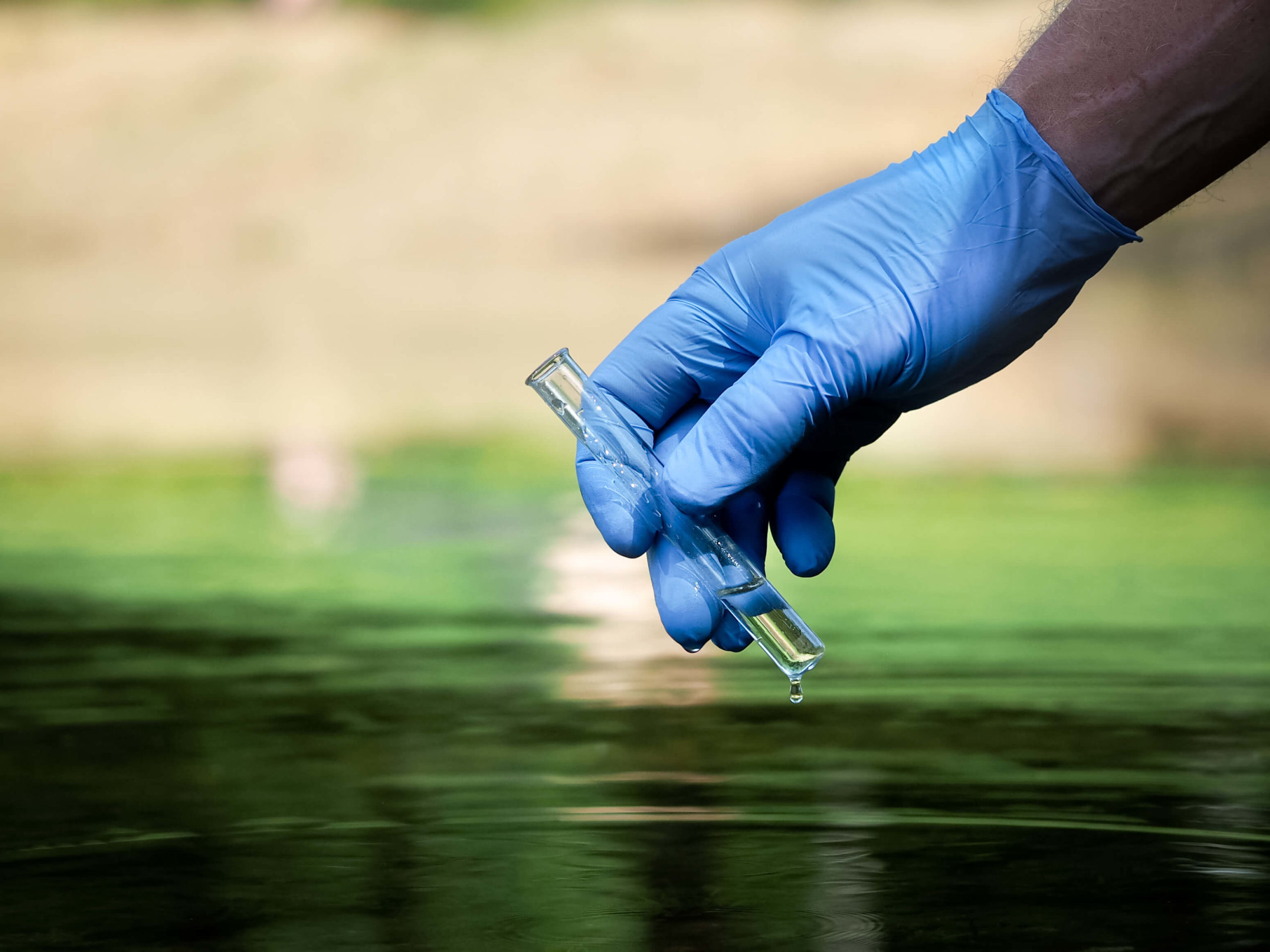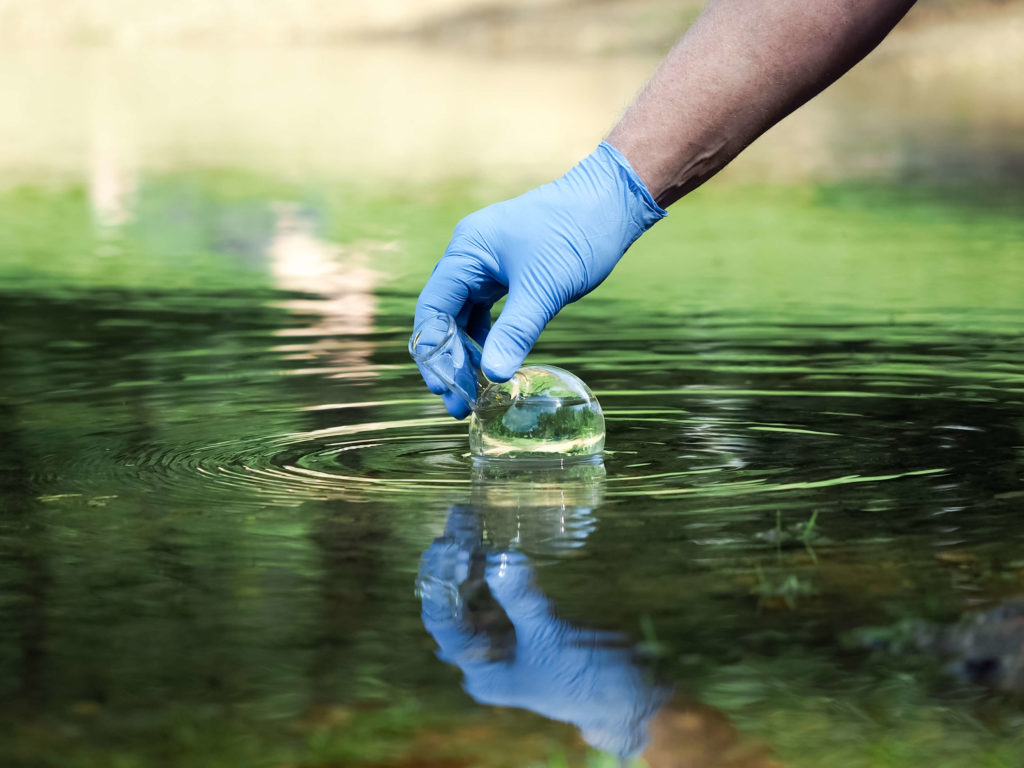
News

What is Water Turbidity, and how can you properly measure it?
Here at ECO Environmental, we often see some degree of confusion regarding the definition of what water turbidity actually is. To alleviate this confusion, water turbidity can quite simply be defined as “the clarity of water”. If we want to delve into the complexities, a more complete definition is “the cloudiness, opacity or thickness of water due to suspended matter”. This “suspended matter” can take many forms including sand, silt, clay, algae, plankton, sewage and more.
In the context of water, you’re obviously looking to receive as low a turbidity level as possible. This is particularly important if the water source at hand is intended for human consumption, or aquatic life. For now, let’s dive into some of the reasons for measuring water turbidity and what equipment is right for the job.
Dispelling the Myths around Water Turbidity
One of the largest misconceptions surrounding the definition of water turbidity or how people view it in relation to testing the quality of water, is to do with the colour of water. It must be noted that turbidity is not in fact a measure of the colour of the water!
There are a number of reasons why specialists measure water turbidity, but ultimately the turbidity testing process gives you a solid overall indicator of the current ecosystem health of the water. It is also useful for assessing the impacts of dredging and construction on water quality, as well as an indicator of pollution and for drinking water compliance.
The particles that are present in water are not only a source of concern for the aesthetic value of the water (no one likes the look of cloudy water), but they also provide attachment places for metals and bacteria, greatly affecting the overall quality of water. ECO Environmental strongly recommends that turbidity measurement should always be considered an integral part of your water monitoring program.

Measuring Water Turbidity – Putting water quality meters (such as turbidity probes) to the test
When it comes to measuring the turbidity of water, there are certain water quality meters and equipment that can be used in either a field or laboratory setting. Turbidity is measured by directing a light through the water source and measuring the amount of light that is scattered. This unit of measurement is referred to as a Nephelometric Turbidity Unit (NTU).
The important thing to remember here is that the larger the scattering of light is, the higher the level of turbidity. Therefore, if your water sample contains a large amount of particles, you will see a greater level of scattered light, leaving you with a higher NTU measurement. The lower the NTU, the higher the overall water clarity, and vice versa.
Another method to assess the turbidity water quality is through measuring water transparency and the existence of Total Suspended Solids (TSS). However, laboratory testing is necessary for measuring the TSS level in milligrams per litre.
As water monitoring specialists in Perth, ECO Environmental offers a diverse array of equipment to help you measure the turbidity of your water source. One such piece of equipment is the YSI EXO Sonde (as seen below). This water monitoring meter is ideal for a wide range of applications.
Water Monitoring Specialists in Perth
Here at ECO Environmental Australia, we strive to support your monitoring program with the right equipment for the job. ECO’s range of water sampling equipment in Perth will cover all of your groundwater and surface water monitoring requirements. As water monitoring specialists in Perth we also offer a range of open water sampling equipment.
Explore our range of water quality meters (including turbidity probes), or contact us today on (08) 9328 2900 to discover how we can help with your environmental monitoring needs.

